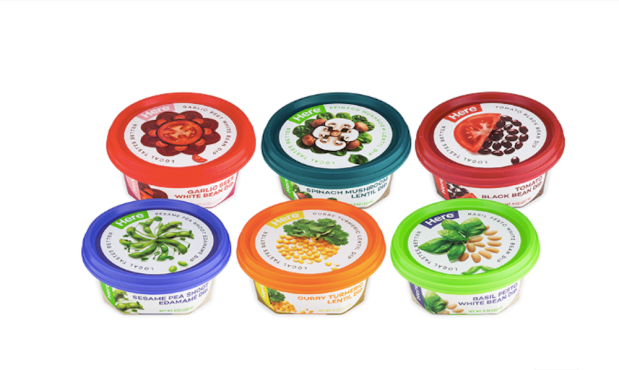Has Eating Local Has Hit A Tipping Point?

Consumers, particularly those who are environmentally conscious, love locally-grown food. Better for the planet, better for local farmers and (devotees report) better tasting, “eating local” has become something of a trend in consumption over the last several years.
That eating local has gotten popular is unsurprising, said Nate Laurell, CEO of Here Foods, because on the whole, it is a better way to eat. The food is fresher, so it tastes better, and being a local production it also allows eaters to have a better connection with their food. The problem however, is that eating local is not always all that easy.
“We know that people want to eat local food but often it is not convenient to eat local food. They don’t have the options easily accessible to them. So we’re creating a new product in the market where if you are busy and you want to do local but you don’t have time, you can grab something off the shelf, feel connected to the farmer, see where the food came from and feel a connection that is not currently available,” said Megan Klein, president of Here Foods.
Here products are all consumer packaged goods (CPG) made and sourced locally to the Midwestern U.S. (the firm is based in Illinois), including bean dips, hummus, juices, salad dressings and sandwich spreads. All are packed with as many local ingredients as possible, with a focus on on items that can be grown year-round. All juices, dips and spread undergo high-pressure processing (HPP) and have a shelf life of about 60 days. The salad dressing, on the other hand, has a long shelf life of six months.
Currently the up-and-coming food startup distributes its goods primarily in retail locations in the Midwest. The five-year plan for the firm involves branching out into other regions (the Northeast, West Coast, South) with a similar model of sourcing and producing products locally. But as Klein noted, while that plan is on the horizon and a goal, it is one the firm is pursuing conservatively and without a lot of rush. She noted that Here Foods is committed to trying to become “the first national local brand.”
A lofty goal, and one that Here recognizes as a difficult one — breaking into the CPG business is difficult, and breaking it as an organic brand obsessed with sourcing and supplying locally might seem on paper like an insurmountable challenge. But the team at Here remains optimistic, because though the logistics of the firm are complicated, consumer desire on this point is not.
“We believe there is room for this. Retailers need and want to get more local products in their stores and our brand is resonating with consumers,” Klein said.
And by the numbers, it seems the Here Foods team has a point. According to recent data from Packaged Facts, consumer interest in local foods is on the rise. As of 2014, local foods generated $12 billion, or about 2 percent of total U.S. retail sales of foods and beverages — admittedly not a terribly impressive stat.
But, according Packaged Facts, by the end of this year, local foods will represent about a $20 billion market in the U.S.
“We’ve reached a tipping point for local foods. Over the past 10 years, there has been a surge in consumer demand for locally produced foods, along with widening availability,” said Packaged Facts Research Director David Sprinkle. “And it’s not just farmers’ markets or natural food retailers lending credence to this trend. An increasing number of larger grocers are carrying and promoting local products.”
The time is right for a brand like Here Foods, and, according to Klein, right for its unique take on the products. Many “eat local” efforts, she noted, have been centered around the raw produce itself. It is a good start, but produce requires a lot of preparatory effort for consumers, and doesn’t offer the retailer selling it much in terms of variety. There are really only so many brands of locally-grown tomatoes any store needs to sell.
What brands need, according to Klein — and what Here provides — is something else entirely to put those local produces types into, so that retailer can open up new categories of food under the “locally-grown” banner.
“I think we’ve really hit a sweet spot of giving consumer what they want but also something new within the category.”